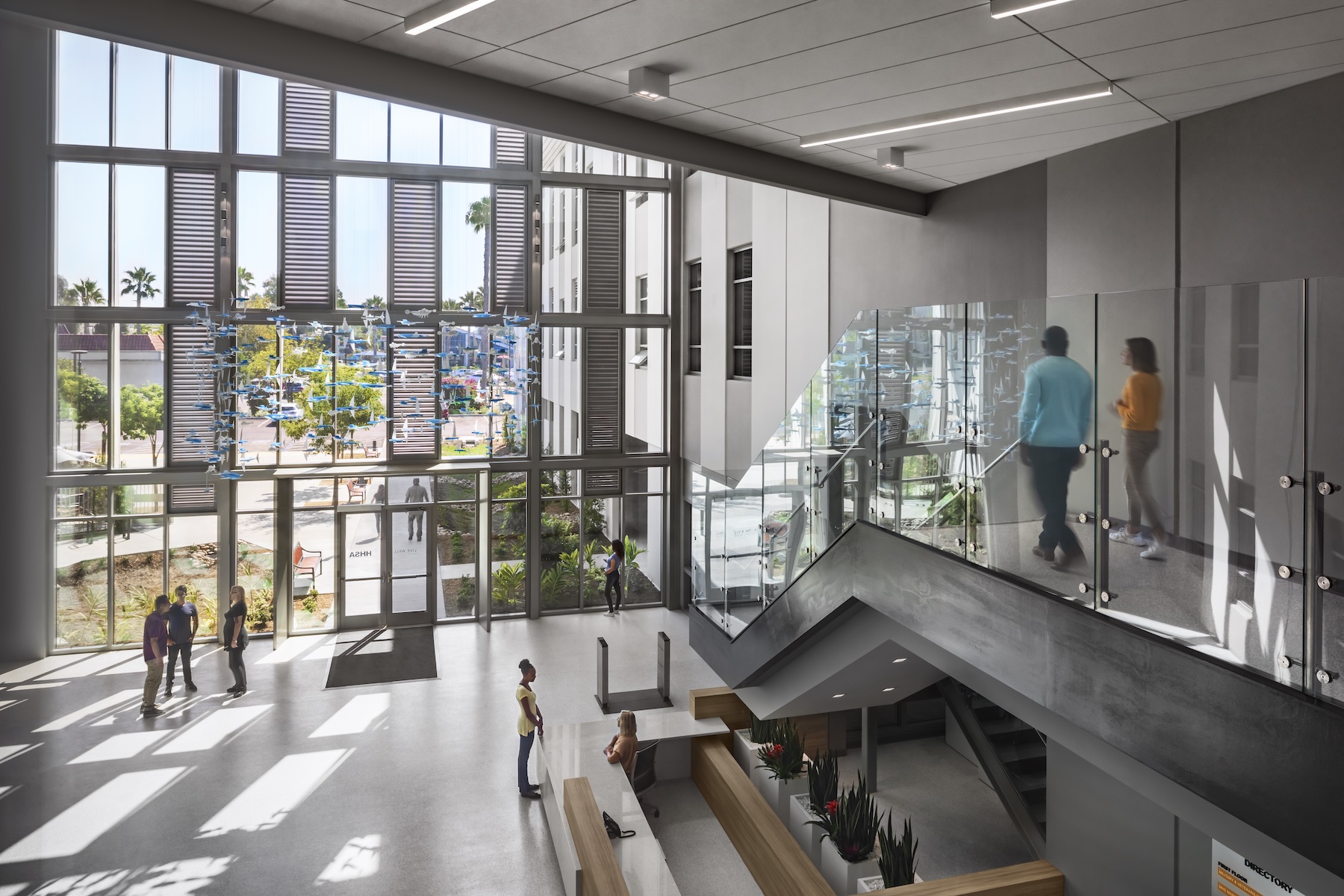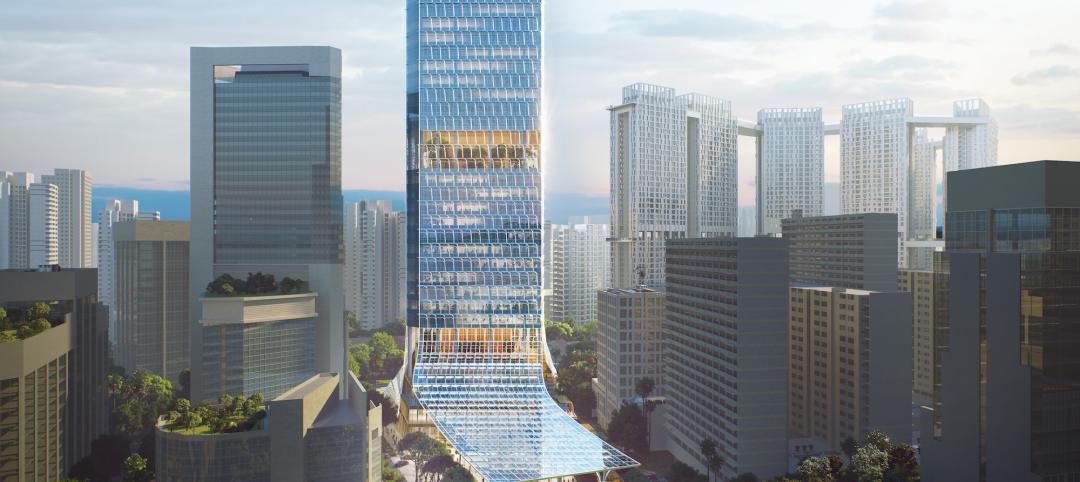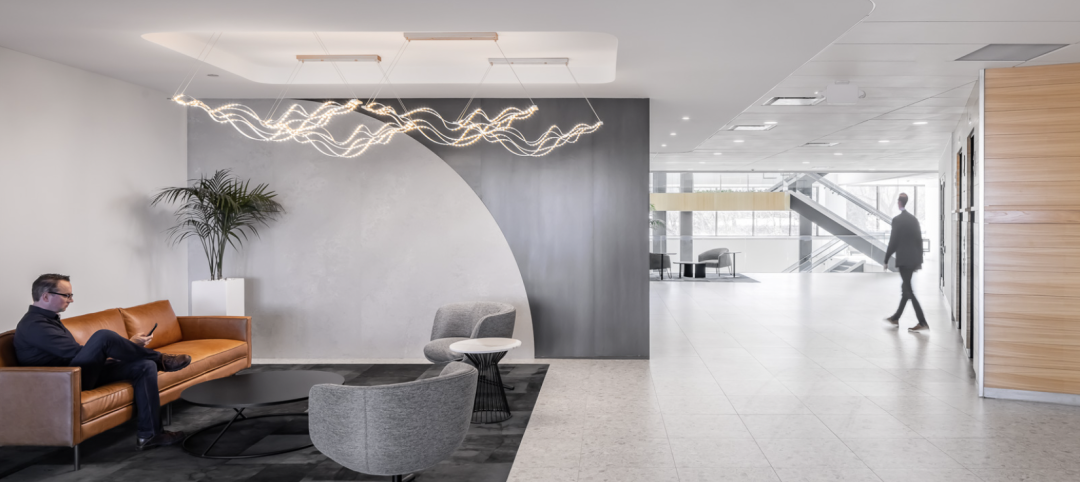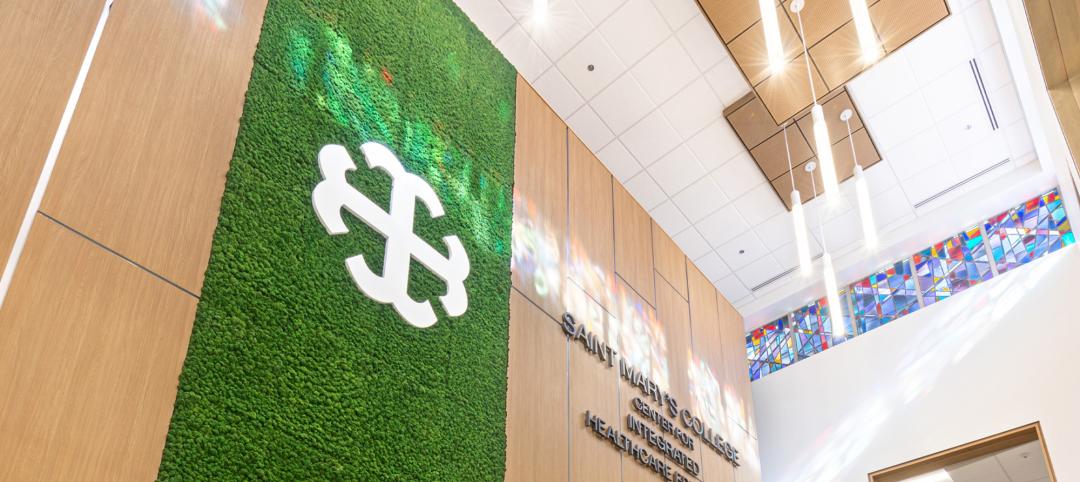The wake of the coronavirus pandemic has presented an opportune moment to re-evaluate and renew physical workplaces as employees return to them.
“The link between good workplace design and productivity is unmistakable,” states HMC Architects in its recently released report, titled “Designing for Wellness and Good Governance,” which focuses on design work done for public-sector clients by the firm’s six studios in California.
The report’s authors note that workplace design for the public sector comes with challenges. “As today’s office landscape becomes less hierarchical and younger staff more interested in a collaborative environment, employers must evolve to meet the needs of the next generation. Public optics, safety, many departments, and unique bidding processes must be considered.”
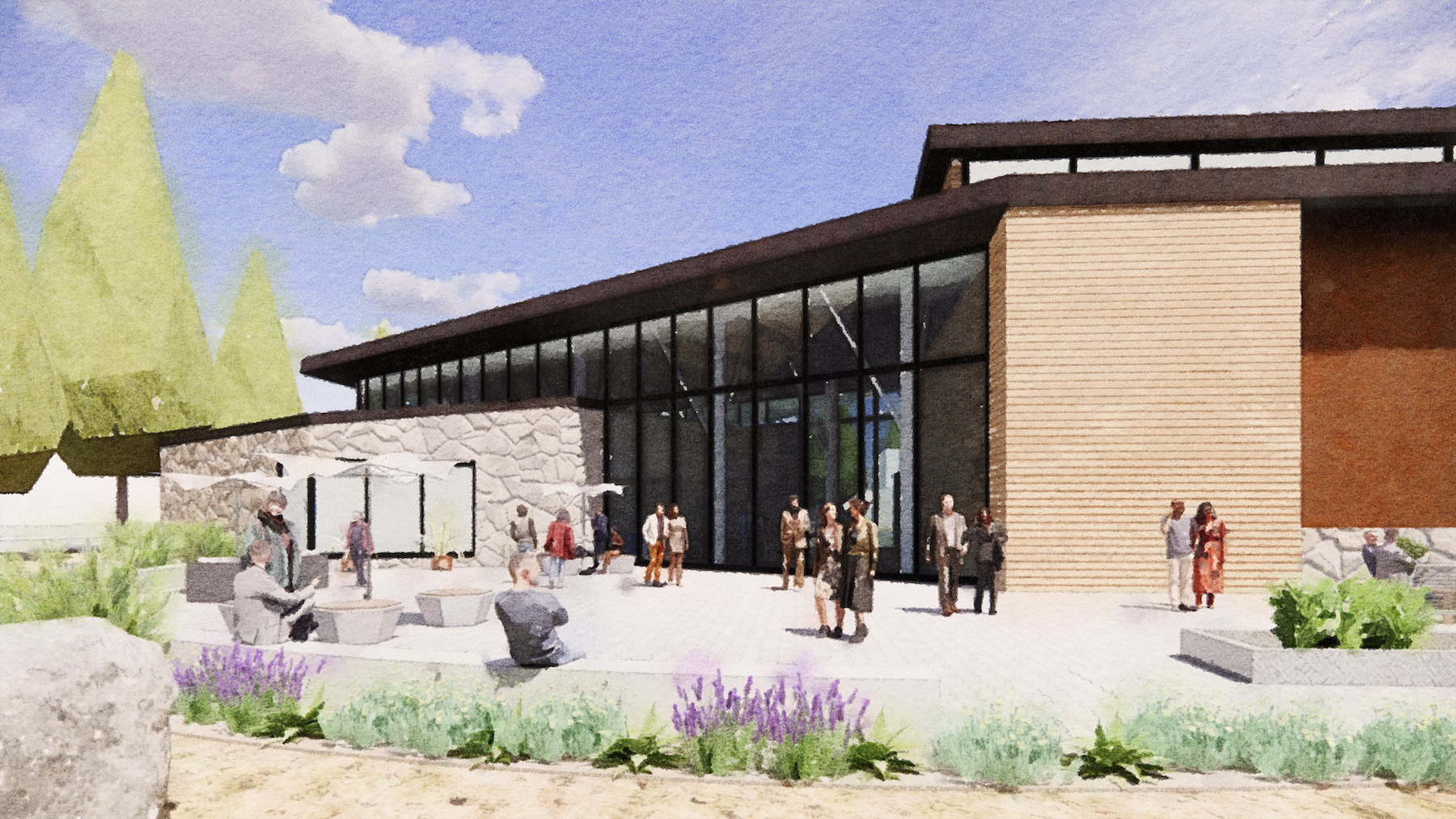
Those challenges are compounded by the shifting toward hybrid work and how offices must now function. “We are leaving behind a workplace that operates like a machine, where roles and responsibilities are clearly defined and predictable,” the authors write. “Our new future is a workplace that functions like an ecosystem and requires adaptability and unpredictable roles and responsibilities.”
The 28-page report, which can be downloaded from here, aims to present a “blueprint” to craft workplaces “that transcend functional utility and metamorphose into nurturing hubs of growth, connectedness, and mutual success.”
A holistic approach to wellness design
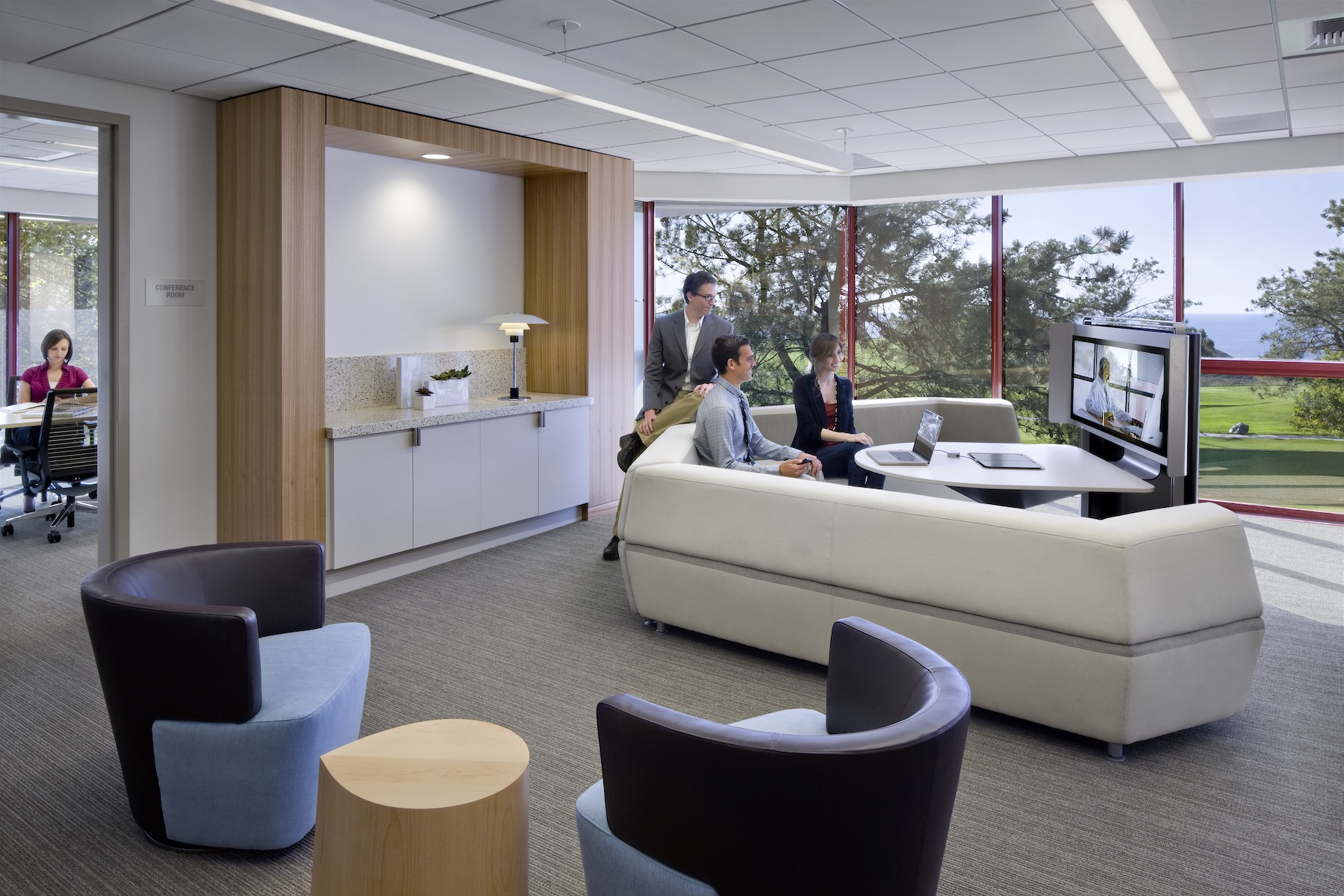
HMC Architects spells out what offices need to be doing today, starting with empowering people to do their best work. Cost-effective environments that blend flexibility, health, and wellness have a better chance at attracting new talent, enhancing employee satisfaction, and fortifying retention rates.
“Wellness is good business,” states the authors, pointing to studies that show that employee absenteeism is reduced, productivity increases, and employee turnover is significantly reduced. “Employee health and wellness investments make people feel valued and often encourage them to invest in their physical and mental well-being.”
However, creating a healthier work environment does not necessarily mean relocation or a complete revamp of existing space; there are cost-effective changes that can have significant impacts, such as bringing in new furniture and lighting for better comfort, temperature, mood, openness and flexibility. HMC says that prioritizing occupants’ thermal comfort is a “cornerstone” of a productive and content working environment
HMC’s solutions are holistic, encompassing the nurturing of wellness through healthier in-office nutritional choices and amenities such as fitness centers, private respite rooms, and access to outdoor recreational areas. “Investing in these purposeful amenities underscores a resolute commitment to cultivating a work environment that is supportive and engaging,” the report states. “Such an environment reflects a genuine concern for the welfare of employees.”
Case studies showcase different design approaches
The report homes in on seven public-sector “case studies” throughout California that amplify some of its general wellness points:
•The County of San Diego North Coastal Live Well Health Centers, whose interior design takes advantage of daylight and fresh air;
•The University of California San Diego North Torrey Pines Living and Learning Neighborhood, whose design balances privacy and collaboration in office spaces;
•Kaiser Permanente’s Fontana Medical Center, a Medical Office Building whose interior design includes biophilia inspired by nature;
•Riverside Office of Education Conference Center, whose design (elevates collaboration and comfort to encourage success;
•Los Angeles County Department of Public Works’ landscape Improvements that include a wellness garden which redefines the workplace experience;
•Mammoth Lakes Civic Center that reshapes the city hub; and
•The Ontario City Hall Annex that creates an office oasis. Along the building’s periphery, open office ergonomic workstations bask in daylight and offer glimpses of the outdoors, facilitated by intelligent sun control mechanisms that subdue glare. Internal offices, adorned with generous glazing, harness natural light cascading within.
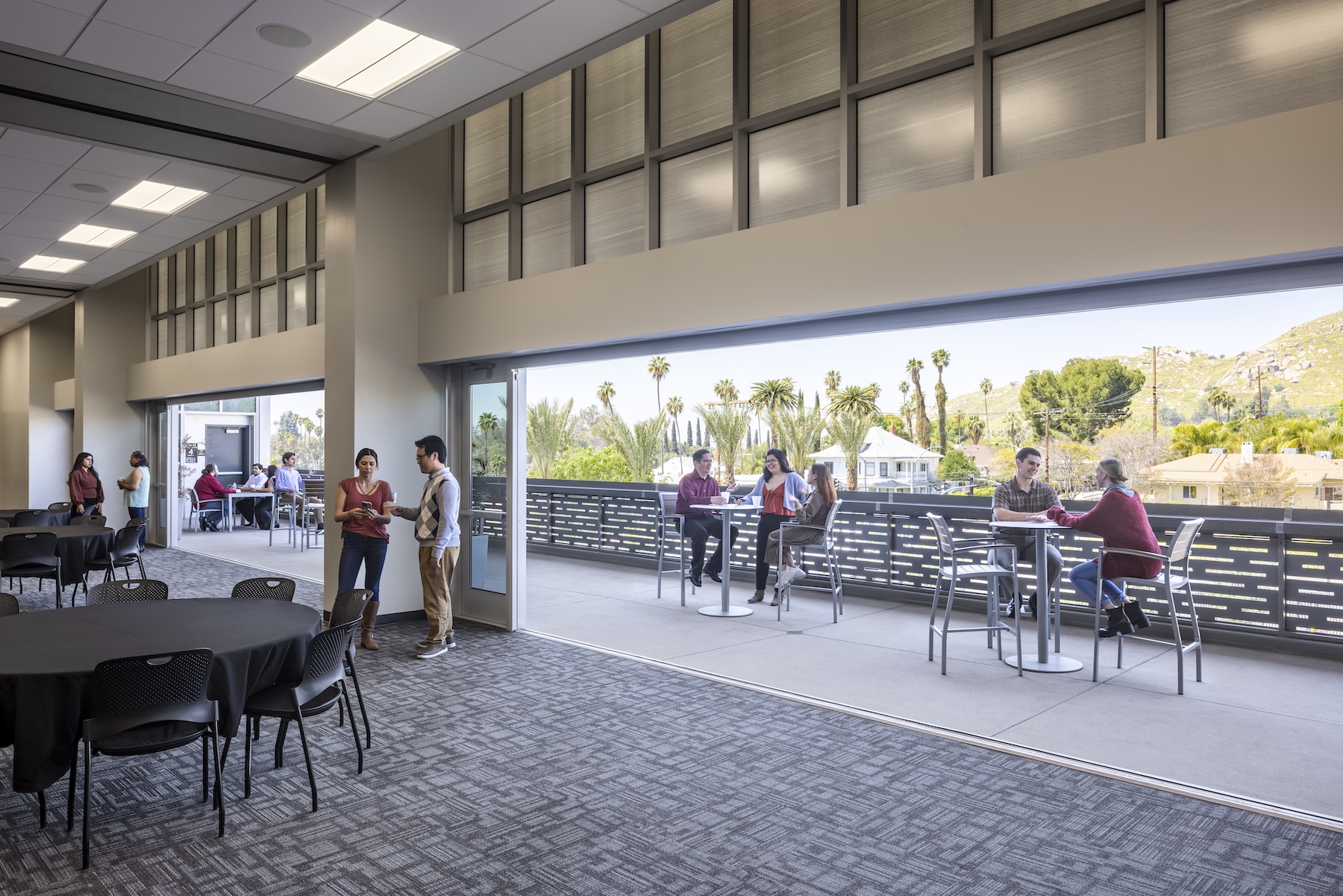
The Riverside case study is an example of how design brings disparate elements together. The building’s ground floor serves as nexus for communal engagement, with an interplay between indoor and outdoor spaces. There’s a fusion of private space and open workspaces, and an expansive conference room within the building’s core. Overhead glass and sliding doors unveil a terrace that extends the conference space to an inviting outdoor area, commanding panoramic views of the neighboring landscape.
Related Stories
Office Buildings | Aug 1, 2023
Creating a nurturing environment: The value of a mother’s room in the workplace
Since becoming an architect, Rebecca Martin of Design Collaborative has drawn a mother’s room into numerous projects. But it wasn't until she became a mom that she fully appreciated their importance in the workspace.
Adaptive Reuse | Jul 27, 2023
Number of U.S. adaptive reuse projects jumps to 122,000 from 77,000
The number of adaptive reuse projects in the pipeline grew to a record 122,000 in 2023 from 77,000 registered last year, according to RentCafe’s annual Adaptive Reuse Report. Of the 122,000 apartments currently undergoing conversion, 45,000 are the result of office repurposing, representing 37% of the total, followed by hotels (23% of future projects).
High-rise Construction | Jul 26, 2023
A 33-story Singapore tower aims to reimagine work with restorative, outdoor spaces
Architecture firm NBBJ has unveiled design details for Keppel South Central, a commercial tower in Singapore. The project, which is slated for completion in late 2024, will transform the original Keppel Towers into a 33-story, energy-efficient building that aims to reimagine work by providing restorative spaces and connections to the outdoors.
Multifamily Housing | Jul 25, 2023
San Francisco seeks proposals for adaptive reuse of underutilized downtown office buildings
The City of San Francisco released a Request For Interest to identify office building conversions that city officials could help expedite with zoning changes, regulatory measures, and financial incentives.
Market Data | Jul 24, 2023
Leading economists call for 2% increase in building construction spending in 2024
Following a 19.7% surge in spending for commercial, institutional, and industrial buildings in 2023, leading construction industry economists expect spending growth to come back to earth in 2024, according to the July 2023 AIA Consensus Construction Forecast Panel.
Office Buildings | Jul 24, 2023
A twist on office conversions maximizes leasable space
A recent NELSON Worldwide project is made more suitable for multiple workplace tenants.
Biophilic Design | Jul 20, 2023
Transform your work environment with biophilic design
Lauren Elliott, Director of Interior Design, Design Collaborative, shares various ways biophilic design elements can be incorporated into the office space.
Office Buildings | Jul 20, 2023
The co-worker as the new office amenity
Incentivizing, rather than mandating the return to the office, is the key to bringing back happy employees that want to work from the office. Spaces that are designed and curated for human-centric experiences will attract employees back into the workplace, and in turn, make office buildings thrive once again. Perkins&Will’s Wyatt Frantom offers a macro to micro view of the office market and the impact of employees on the future of work.
Codes and Standards | Jul 19, 2023
Office leasing in major markets by financial services firms rebounds to pre-pandemic norms
Though the pandemic led to reductions in office leasing by financial services firms in gateway markets, a recent report by JLL found a notable leasing resurgence by those firms.
Sustainability | Jul 13, 2023
Deep green retrofits: Updating old buildings to new sustainability standards
HOK’s David Weatherhead and Atenor’s Eoin Conroy discuss the challenges and opportunities of refurbishing old buildings to meet modern-day sustainability standards.


